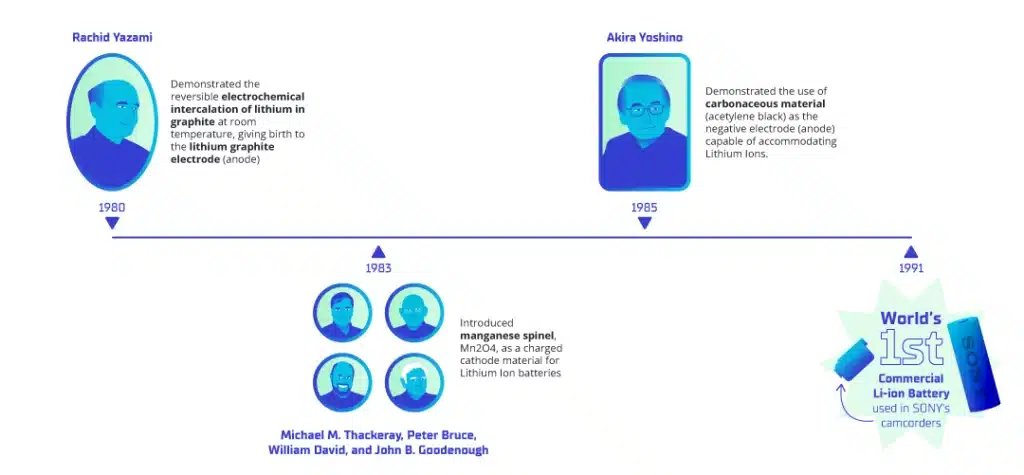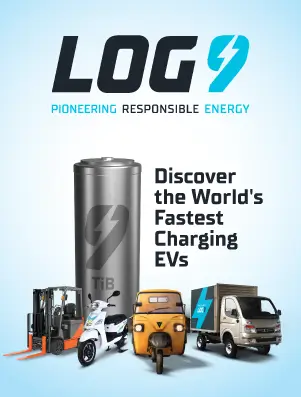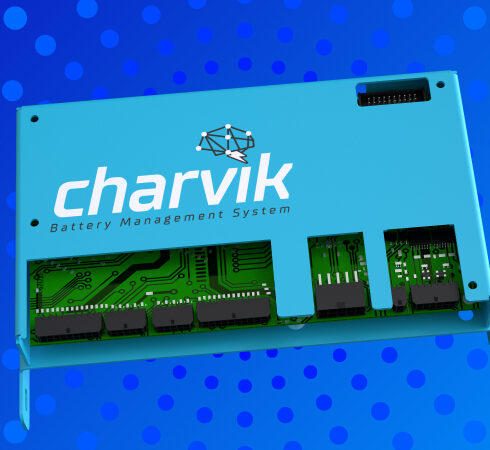Lithium Ion Batteries – The Unsung Heroes of Our Technological Age
- November 22, 2023
November 22nd, 2023 | Reading Time 3 mins
Lithium ion batteries’ pivotal contributions from energy storage, consumer electronics, to the revolutionary transformation of electric vehicles
Lithium ion batteries have been a hallmark of energy storage innovation since their inception in the 1970s, continuing to evolve and shape the technological landscape. From the dynamic breakthrough that produced the earliest form of the modern Li-ion battery, made by British chemist M. Stanley Whittingham in 1974 to the widespread utilization during the 1990s in consumer electronics, these batteries have revolutionized the power source paradigm. Despite their significant advancements, the battery technology journey is far from concluded. Ongoing research explores emerging technologies such as solid-state and lithium-sulfur batteries, aiming to propel us toward a more advanced era of energy storage.
What makes Lithium-Ion the most preferred for Battery Technology?
The ingenious movement of lithium ions between electrodes made of materials like lithium cobalt oxide and graphite forms the heart of lithium-ion battery functionality, occurring during charging and discharging cycles. In the charging phase, these ions travel through the electrolyte, moving from the positive to the negative electrode, and in discharging, they reverse this path, generating the electric current that powers the device. The potential for improvements in lithium-ion batteries is vast and impressive, showcasing remarkable advancements such as compressing lithium into ultra-thin forms, enabling the creation of incredibly slim mobile phones and laptops, which were once as heavy as a rock.
Despite the complexity, the battery’s fundamental mechanism is surprisingly straightforward—positively charged lithium ions shuttle between electrodes, providing an efficient and rechargeable power source. This simplicity, coupled with limitless potential for innovation, positions lithium-ion batteries at the forefront of cutting-edge advancements in energy storage and device design.
When did the commercial use of Lithium-ion batteries begin?
The early strides from the 1980s to the 1990s marked a period of groundbreaking discoveries, with the commercial release of the first lithium-ion battery by Sony in 1991 being a pivotal moment. In this era, holding a Sony camcorder was synonymous with actively contributing to the evolving narrative of battery innovation. Owning one during the late ’80s or early ’90s marked a potential pioneering chapter in the realm of battery technology. The thrill of using one of the first lithium ion batteries in your gadget revolutionized how you captured life’s precious moments, offering an air of mystery and exclusivity.

The now pioneers of Lithium Ion batteries:
Lithium Ion batteries’ rise to fame owes to their high energy densities and durability, finding diverse applications, from electronic devices to electric vehicles (EVs) such as the Nissan Leaf, Tesla Model S, and the Boeing 787. Their role in reducing carbon emissions, especially in EVs and electrified aviation, is pivotal for a sustainable future. Initiatives like the UN’s Global Electric Mobility Program aim to advance electric vehicle adoption in over 50 nations, particularly in lower to middle-income profiles.
The EV sector’s lithium-ion battery evolution enables a 12-minute charge, a leap in speed compared to phone charging. Key players like CATL advance Li-ion batteries, while Log9 Materials in India explores advanced EV battery tech. Excitement abounds in this fast-evolving space, hinting at a future brimming with innovations. Alongside lithium-ion and hydrogen fuel cells also make significant strides, promising varied advancements. The imminent years appear poised for revolutionary breakthroughs in energy storage and sustainable transportation.




